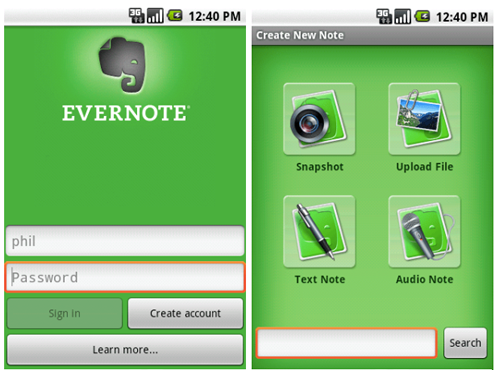

At this point, the text found in the image is available for search. The OCR results are embedded in the note, which is subsequently synchronized back to the user’s client applications. Each match is assigned a weight (represented by the w attribute of the item): a numeric value indicating the likelihood that the given match text is the same as the text in the image. Each item represents a rectangle Evernote’s OCR system believes to contain text.Įach item contains four attributes: x and y indicating the coordinates of top-left corner of the area represented by the item, as well as w and h representing the width and height of the item.Īs an image is evaluated for textual content, a set of possible matches is created as child elements to their corresponding item. Contained within recoIndex are a number of item nodes. When I export this note as an ENEX file-a portable XML export format for Evernote notes-and jump to the bottom of the file, I’ll find the recoIndex element.

The full recoIndex node is visible when a note is exported as an ENEX file.įor example, I dug around and found an old note in my account containing only a single photo of a bottle of beer: These results are added to the note in the form of a hidden-that is, not visible when viewing the note-metadata attribute called recoIndex. When a note is sent to Evernote (via synchronization), any Resources included in the note that match the MIME types for PNG, JPG or GIF are sent to a different set of servers whose sole job is performing Optical Character Recognition (OCR) on the supplied image and report back with whatever it finds. In this post, I’ll describe how the process works and answer some frequently-asked questions. Evernote’s ability to search for text within images is a popular feature.


 0 kommentar(er)
0 kommentar(er)
